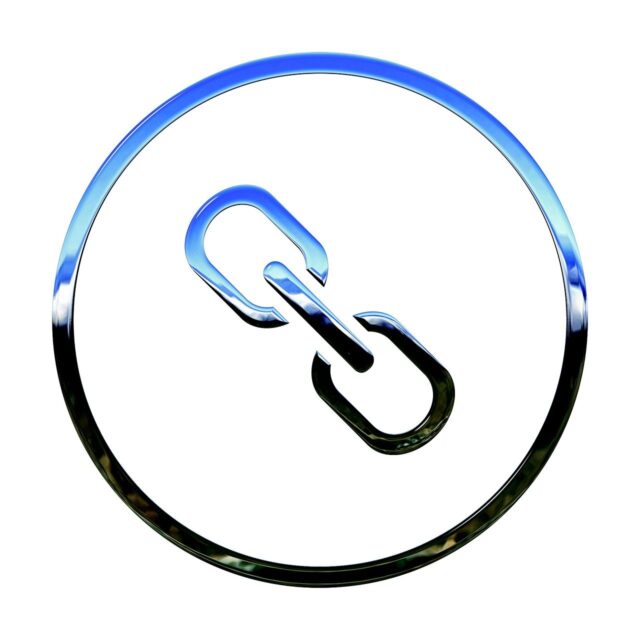Internal linking is a powerful yet often underutilized SEO strategy that can significantly enhance your blog’s search engine visibility. By understanding and implementing effective internal linking techniques, you can improve your blog’s SEO, user experience, and overall site performance. This guide will delve into the nuances of internal linking to improve your blog’s SEO and provide actionable tips for leveraging this strategy to its fullest potential.
Why Internal Linking is Crucial for SEO
Internal linking refers to the practice of linking one page on your website to another page on the same site. Here’s why it’s important:
- Improves Crawlability: Search engine bots use links to crawl your site. Internal links help them discover new content and understand the structure of your site.
- Distributes Link Equity: Internal links pass link equity (or link juice) from one page to another, helping to boost the ranking potential of linked pages.
- Enhances User Experience: Well-placed internal links guide users to relevant content, increasing engagement and reducing bounce rates.
- Boosts Page Views: By directing users to other pages on your site, internal links can increase page views and the time users spend on your site.
1. Create a Logical Site Structure
A clear and logical site structure makes it easier for search engines to crawl and index your content. Here’s how to create one:
- Use a Hierarchical Structure: Organize your content into categories and subcategories, creating a pyramid-like structure.
- Include a Navigation Menu: Ensure your main navigation menu is easy to use and includes links to your most important pages.
- Implement Breadcrumbs: Breadcrumbs show the user’s path to the current page, helping with navigation and SEO.
2. Use Descriptive Anchor Text
Anchor text is the clickable text in a hyperlink. Using descriptive anchor text helps search engines understand the content of the linked page. Here are some tips:
- Be Specific: Use clear and specific words that describe the linked page’s content.
- Avoid Generic Terms: Instead of using “click here” or “read more,” use keywords relevant to the linked content.
- Keep it Natural: Ensure the anchor text fits naturally within the context of your content.
3. Link to High-Value Pages
Focus on linking to high-value pages that you want to rank higher in search results. These could be:
- Pillar Pages: Comprehensive guides or cornerstone content that covers broad topics in-depth.
- Money Pages: Pages that drive conversions, such as product pages or sales pages.
- New Content: Linking to new blog posts helps them get indexed faster and boosts their initial ranking.
4. Maintain a Reasonable Number of Internal Links
While internal linking is beneficial, overdoing it can have negative effects. Aim for a balanced approach:
- Quality Over Quantity: Focus on linking to relevant and high-quality content rather than just adding links for the sake of it.
- Use a Sufficient Number of Links: For a standard blog post, include 3-5 internal links. For longer, more comprehensive content, you can use more.
5. Regularly Update and Audit Internal Links
Internal linking is not a one-time task. Regular updates and audits are essential:
- Check for Broken Links: Use tools like Google Search Console or Screaming Frog to find and fix broken links.
- Update Outdated Links: If you’ve updated a page, ensure any internal links pointing to it are also updated.
- Add New Links: Whenever you publish new content, look for opportunities to add internal links from existing content.
6. Use Internal Links to Promote Related Content
Linking to related content can keep users on your site longer and provide them with additional valuable information. Implement these strategies:
- Content Hubs: Create content hubs where related articles link to each other.
- Related Posts: Use plugins or widgets to display related posts at the end of your articles.
- In-Text Links: Naturally incorporate links to related content within the body of your posts.

7. Leverage Tools for Internal Linking
Several tools can help streamline your internal linking strategy:
- SEO Plugins: Plugins like Yoast SEO or Rank Math can provide internal linking suggestions as you write.
- Site Auditors: Tools like Ahrefs or SEMrush offer comprehensive site audits and highlight internal linking opportunities.
- Link Management Tools: Tools like Link Whisper can help you manage and automate internal linking.
Actions to Take
Before Publishing a Blog Post
- Plan Your Site Structure: Ensure your site has a logical, hierarchical structure.
- Choose Descriptive Anchor Text: Use clear, specific, and keyword-rich anchor text.
- Identify High-Value Pages: Decide which pages you want to boost with internal links.
During Content Creation
- Add Internal Links: Incorporate 3-5 internal links in each blog post, linking to relevant and high-value pages.
- Ensure Natural Placement: Make sure the links fit naturally within the content.
Regular Maintenance
- Audit Internal Links: Regularly check for and fix broken links.
- Update Links: Ensure all internal links are up-to-date, especially after making changes to your site.
- Add New Links: Continuously add internal links from new content to existing pages.
Actions to Avoid
Avoid Overusing Internal Links
- Don’t Stuff Links: Avoid adding too many links in a single post, as this can look spammy and be counterproductive.
- Stay Relevant: Only link to content that is relevant to the topic at hand.
Avoid Using Generic Anchor Text
- Be Specific: Use descriptive and keyword-rich anchor text instead of generic terms like “click here.”
By implementing these strategies for using internal linking to improve your blog’s SEO, you can enhance your site’s visibility, user experience, and overall performance. Regularly updating and auditing your internal links ensures that your SEO efforts remain effective and your blog continues to attract and engage readers. Happy linking!








